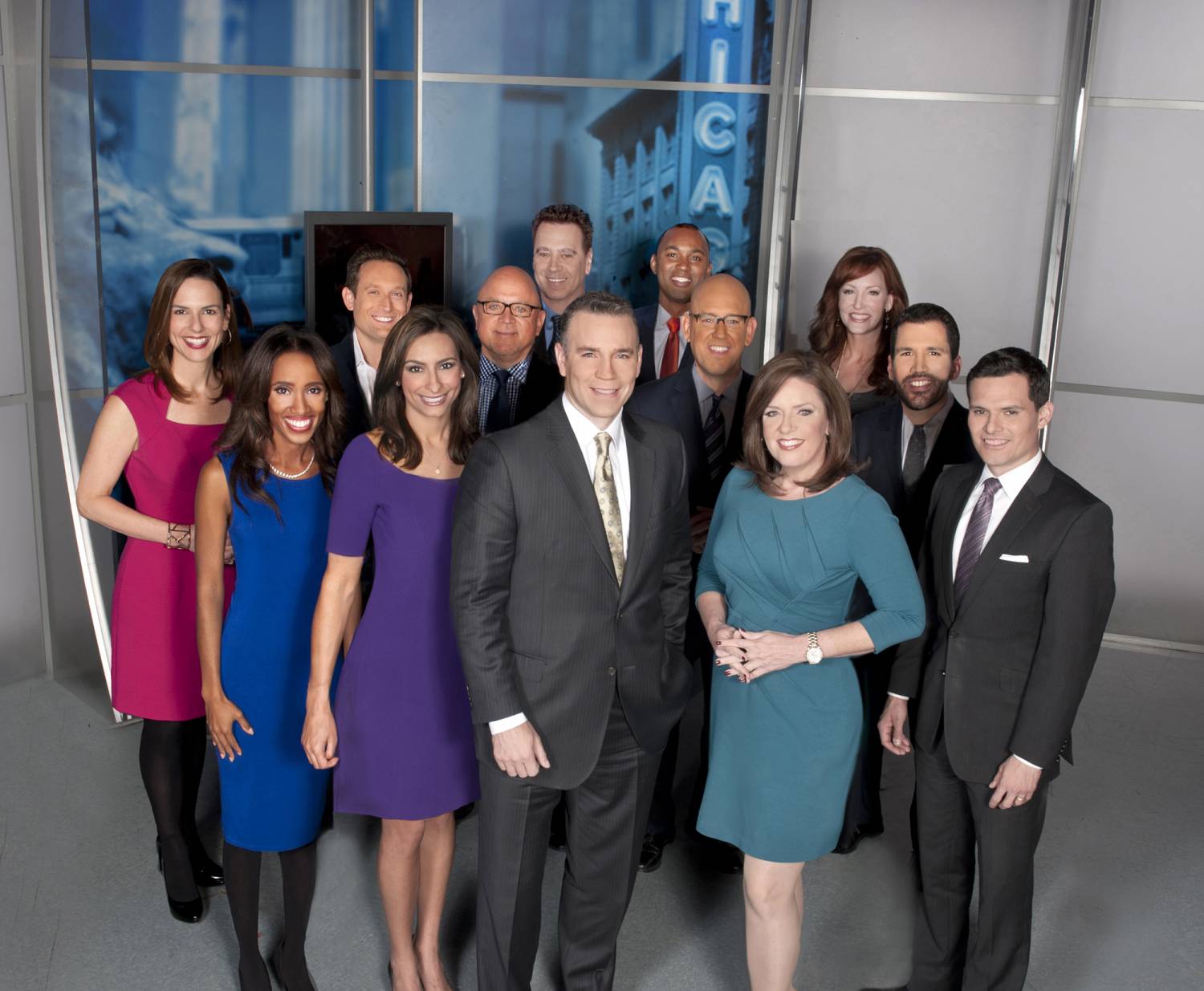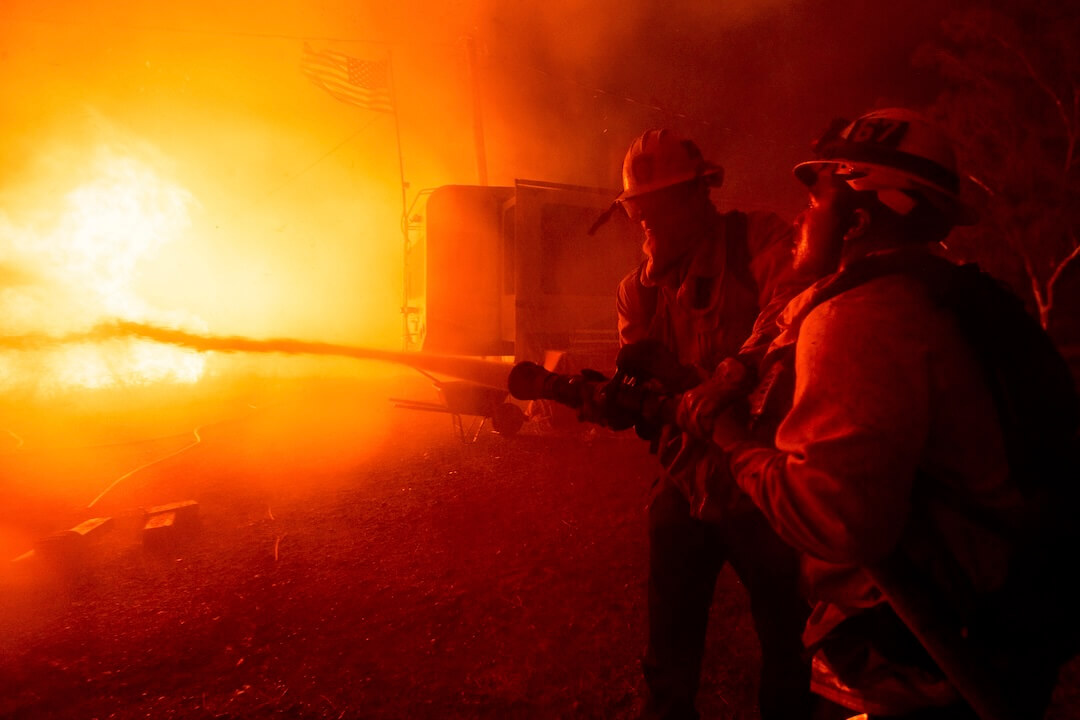It was wall-to-wall Manchester concert terror and White House intrigue early this week as cable news was understandably fixated on tragedy overseas and political disarray back home.
Pundits and politicians were recycled like empty cereal boxes and the themes were clear — the possibility of ideologically driven mass murder and a White House in crisis.
But a larger daily reality is that most of the nation’s viewers were tuned elsewhere. Local trumped national, as it does every morning when it comes to viewers, if not the interest of media critics.
On Chicago’s “WGN Morning News,” for sure there was regular reference to Manchester, including going live to London as Prime Minister Theresa May made a statement. And, actually, a better summary of national and foreign happenings than you’ll get on many of its cable competitors.
But all that was really secondary to its bread-and-butter, which on this day includes tales of a Chicago man facing animal cruelty charges for throwing two toy poodles off a five-story parking garage (one died, one survived); a fatal double homicide in an apartment viewed by two children; and the funeral of a Cubs fan who died in an apparently bizarre accident Wrigley Field as he fell backwards and hit his head.
And this was all sandwiched between local weather forecasts by chipper Paul Konrad and traffic reporter Erin McElroy’s tales of rush hour challenges, such as one three-car pileup and a stalled car blocking a left-hand lane on a major expressway.
As usual, far more viewers in the Chicago market were watching WGN that than any cable competitor. Far more.
That holds true for the big network broadcasts, too. Whether it’s “Fox and Friends,” “Morning Joe,” “New Day,” “Good Morning America,” “Today” or “CBS This Morning,” it doesn’t matter. It’s no contest.
The power and potency of local news endures, perhaps all the more so in a fragmented digital age. It’s a reality generally missed by media reporters.
We tend to be consumed by a small slice of the national media landscape because, well, we watch a lot of CNN, MSNBC, Fox, the Sunday morning policy shows, and read The New York Times and The Washington Post.
So Joe Scarborough and Mika Brzezinski, who co-host the smartly produced “in” morning show among the same journalism elite, get written about, while Larry Potash and Robin Baumgarten do not.
Potash and Baumgarten? Since 2004 they’ve been teamed on WGN, which is owned by Tribune Media and, soon, Sinclair Broadcast Group as a result of its just-announced $3.9 billion purchase of Tribune.
Their show is smart and funny (it relies partly on some professional comedy writers) and dominantly local. Here’s just one slice of the viewing data:
In the recent so-called February “sweeps,” or ratings period, an average of 127,770 viewers were watching the “WGN Morning News” between 5 a.m. and 8 a.m. locally.
By comparison, 33,520 watched “Fox and Friends,” 20,360 watched “Morning Joe,” 18,600 watched CNN’s “New Day,” 5,650 watched HLN’s “Morning Express” and 3,030 watched CNBC’s “Squawk Box,” according to data from Nielsen Media Research.
So it’s not a great surprise that when I surface to do national political or media punditry on WGN (dominantly Trump-focused these days), I get more response locally than when I may appear on a national cable show.
Local, local, local. People who tune in do get some national news — Comey has been a very big story in Chicago, too — but local weather, traffic and other relevant information melds with a well-paced mix of lighter and more serious news.
For sure, WGN’s lead shrinks when the heavy-hitter national broadcast shows surface. But it remains king of the ratings hill.
Between 7 a.m. and 9 a.m., it’s got 148,100 viewers, compared to 128,120 for ABC’s “Good Morning America,” which airs on the longtime No. 1 station in the market, WLS-TV, 76,820 for “Today” and 46,380 for “CBS This Morning.”
And, to get deep in the weeds, here are the ratings between 5 a.m. and 7 a.m. in Chicago when all the news shows are local:
In Los Angeles and New York, it’s all pretty similar.
Here’s the deal in New York between 5 a.m. and 7 a.m., when the primary comparison is between local news outlets, such as WNBC, and the cable news shows, such as “Fox & Friends.”
And here’s what one finds in Los Angeles, where the CW’s KTLA (Tribune-owned, soon to be Sinclair owned) and ABC/Disney-owned KABC dwarf the competition between 5 a.m. and 7 a.m.
It’s all of a piece: In every market, the local broadcast shows will almost always beat the cable shows, and handily so. There are some market-to-market variances within the broadcast universe, but broadcast will tend to always and easily top cable ratings.
“In most markets, you would have to aggregate the top five to 10 cable channel audiences, to even come close to the top local television station audience,” says Larry Wert, president of broadcast media at Tribune Media and formerly president/general manager of WMAQ, the NBC-owned station in Chicago.
For sure, WGN is a bit of an anomaly in being a strong local broadcaster with a potent morning news brand. In fact, its call letters are derived from the print universe and its founding and original corporate connection to the Chicago Tribune, which understatedly (not) branded itself as the “World’s Greatest Newspaper.”
In most cases nationally, the Fox station in a big market and the CW station (if they have local news) are local from 7 a.m. to 9 a.m. while the other Big Three (ABC, NBC, CBS) are airing their national shows.
If that Fox or CW station is a particularly strong station, then its morning fare tends to also top the national shows, such as “Good Morning America.” Otherwise, it doesn’t.
In the New York market, for example, the national broadcast shows beat the CW and Fox stations. By comparison, in Los Angeles the CW station, KTLA, beats all of the national shows.
It can vary. One size doesn’t fit all.
And none of this analysis factors in the dramatic fragmentation on display when you also consider radio and digital sources of news each day. In all the major markets, there are strong radio audiences for the all-news station, the all-sports station, the “contemporary” (African-American) station, the “morning zoo” station and the NPR affiliate, among others.
Yet don’t shed too many tears for the cable news folks. Their audience remains an elite one beloved by advertisers.
It’s why the humbled Bill O’Reilly was (and probably still is) taking home about $18 million a year and Scarborough around $8 million.
That dwarfs anchors on the local level, where salary compression has been underway for years as revenues head south. So, at least as far as stars’ compensation, bigger is not always better.
But it does remain bigger and a reminder of the frequent disjoint between elite media and the consumers of news.
Correction: WGN is no longer a CW affiliate. We apologize for the error.






